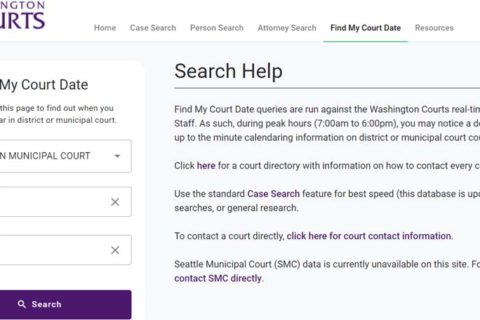The 14th Amendment to the United States Constitution was born after the Civil War ended and was ratified in 1868. It is known as a basic law of American civil rights. It was designed to grant equal protection under the law to every citizen. Besides, it also aimed to extend a number of rights to former slaves.
There are several key points in the 14th Amendment that have impacted American society, civil rights, and legal proceedings. In this post, you will be able to find four main points of the 14th Amendment and explore their historical significance.

The 4 Main Points of the 14th Amendment
The four main points of the 14th Amendment are as follows:
1. Citizenship Clause
The Citizenship Clause, which is also known as the Naturalization Clause, is in Section One of the 14th Amendment. This one gives everyone born in the United States a U.S. and state citizenship at birth.
- Africans–Americans: According to the Supreme Court as written in Scott v. Sanford, 60 U.S 393 (1857), African Americans were not U.S. citizens, even if they were free. However, it was overturned by the 14th Amendment that guaranteed all people born or naturalized in the United States and under its jurisdiction would be a citizen of the United States. Besides, it also guaranteed that federal citizenship was also made primary. It meant the states had no right to prevent freed slaves from getting state citizenship.
- Native Americans: The Supreme Court stated that every child born to members of native American tribes was not automatically given citizenship under the 14th Amendment, as per Elk v. Wilkins, 112 U.S. 94 (1884). However, Native Americans were handed citizenship by Congress when it passed the Indian Citizenship Act.
- Chinese-Americans: The Supreme Court stated that when a child who is born in America has non-citizen Chinese parents, he or she has a United States citizenship, as written in the United States v. Wong Kim Ark, 169 U.S. 649 (1898). Aside from that, it also applied that ruling every person born or naturalized in the United States, meaning that these individuals are counted as the U.S. citizens and the citizens of the State where they live.
2. Due Process Clause
There are two concepts of due process: procedural due process and substantive due process. The first one is the one that guarantees fairness to every single individual. For the accused, some different elements might be needed for this fairness, such as the chance to be heard, getting notified, and informed about a judicial decision with a reasonable statement.
Unlike the procedural due process that is accepted by many, substantive due process is different. This one is a bit more controversial compared to procedural due process. Usually, the discussion about the substantive due process clause focuses more on specific liberties which have been interpreted by the Supreme Court as belonging to citizens, especially on economic liberties, including the right to create a private contract.
3. Equal Protection Clause
The Equal Protection Clause states that no single state is allowed to deny to anyone within its jurisdiction the equal protection of the laws. It means equal protection is guaranteed to every citizen of the United States under the laws of the United States. Even though it was aimed to address racial discrimination, it has become a tool used to battle against the inequalities. This clause has been used in war against things related to gender, sexual orientation, and so on. In short, it has become an important thing in promoting social change by opposing the practices that contain discrimination and supporting the creation of a more inclusive and righteous society.
4. Enforcement Clause
Enforcement Clause is another name of Section Five of the 14th Amendment. It gives Congress the power to pass laws that make all sections except Section Five effective.
One of the things that are stated in the Enforcement Clause is that it is only possible for Congress to enforce the provision through appropriate legislation. A suggestion was given by the Supreme Court’s holding to define the substantive scope of the 14th Amendment, as stated in Katzenbach v. Morgan, 384 U.S. 641 (1966). However, it was rejected by the Supreme Court in City of Boerne v. Flores, 521 U.S. 507 (1997).
According to the Civil Right Cases (1883), the Court ruled that Congress had no right to legislate against discrimination by private individuals. It is because Section One of the 14th Amendment only applied to every action committed by a state or state agents. However, if the action of discrimination is done while doing something in public, it means that party will follow the 14th Amendment.
Bottom Line
In conclusion, the 14th Amendment has several important concepts. The most popular ones include state action, privileges and immunities, citizenship, due process, and equal protection. All of them are contained in Section One. All of them have played an important role in shaping the legal landscape of the United States. However, it should be noted that Section One is not the only section in the 14th Amendment. Apart from that, there are also four other sections. Section Two uncovers the apportionment of representatives to Congress. Section Three does not allow those who take part in rebellion against the United States from being federal officers. Section Four talks about federal debt and declines all debts earned by the Confederacy. As for Section Five, it gives a right for Congress to enforce the 14th Amendment by appropriate legislation.

A bookworm and researcher especially related to law and citizenship education. I spend time every day in front of the internet and the campus library.





